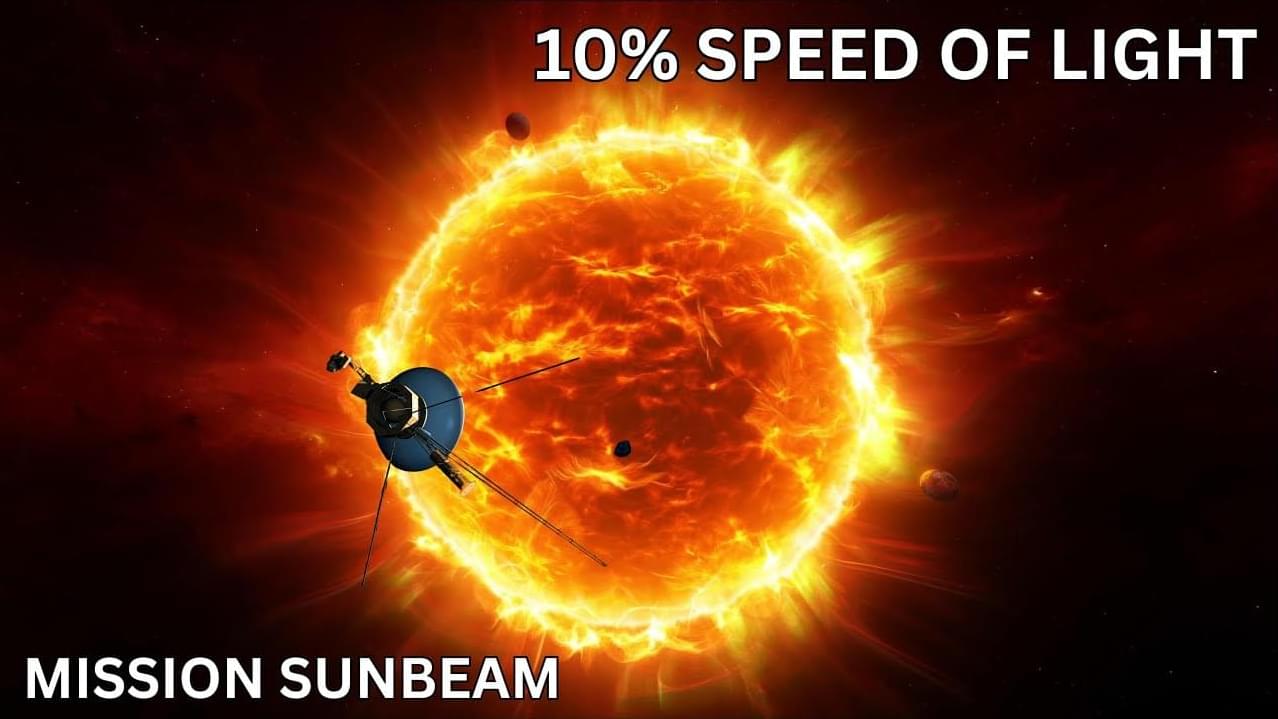Join Territory to get access to perks:
https://www.youtube.com/channel/UC8SGU9hQEaJpsLuggAhS90Q/join.
The vast distances between stars make interstellar travel one of humanity’s most daunting challenges. Even the Voyager spacecrafts, now in interstellar space, would take tens of thousands of years to reach the nearest star, Alpha Centauri. To put this into perspective, Alpha Centauri is 277,000 astronomical units (AU) away—over 7,000 times the distance from Earth to Pluto. At current spacecraft speeds, a journey to our stellar neighbor would take an unimaginable 70,000 years. However, new ideas like the Sunbeam Mission offer a promising path forward, proposing innovative propulsion techniques that could shorten this timeline to mere decades.
The Sunbeam Mission centers around relativistic electron beam propulsion, where high-energy electron beams, accelerated close to the speed of light, push a spacecraft forward. This approach eliminates the need for onboard fuel, reducing the spacecraft’s mass and enabling greater acceleration. A stationary satellite, or statite, positioned near the Sun, would generate these electron beams by converting solar energy into electricity. Using materials and technologies like those developed for NASA’s Parker Solar Probe and European Space Agency’s Solar Orbiter, the statite could endure the Sun’s intense heat while directing the beam over vast distances. This could propel a spacecraft to 10% of the speed of light, allowing it to reach Alpha Centauri in about 40 years.
While the concept is ambitious, its challenges—like generating and maintaining the beam, energy conversion, spacecraft navigation, material durability, and beam focus—are not insurmountable. Current technologies, such as the Large Hadron Collider, high-temperature solar converters, and advanced heat-resistant materials, provide a foundation for overcoming these hurdles. Innovations in adaptive optics and laser communication systems also offer insights into managing beam precision over interstellar distances, demonstrating how existing advancements could be adapted for this revolutionary mission.
The Sunbeam Mission represents an extraordinary opportunity to explore interstellar space within our lifetimes, blending ingenuity and existing technology to bring the dream of reaching another star closer to reality. By addressing these interconnected challenges, humanity could usher in a new era of exploration, paving the way for scientific discoveries that redefine our place in the universe.









Leave a reply